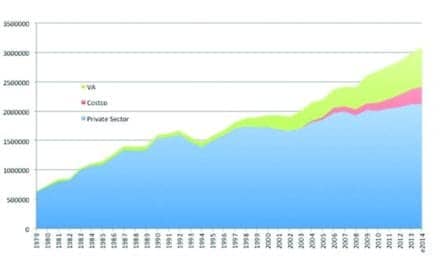Dear Editor:
Marshall Chasin’s provocative comments in his Back to Basics article, “Less May Be More for Music” (May 2015 Hearing Review), confirm best practices in the professional audio industry. When I was hired by CBS Masterworks, one of the first things that the great classical record producer Andrew Kazdin told me was that the ideal of professional audio recording equipment was “a copper wire with gain.” What this meant was that electronic sound reproduction should be as flat and distortion-free as possible. Heavy signal processing of any sort directly contradicts that ideal. In reality, of course, sometimes elaborate compression or filtering was necessary, and we worked extremely hard to disguise it.
In my personal experience today listening to high-quality audio equipment with a very serious hearing loss—and also in working with others with even worse hearing than mine—non-processed (or minimally processed) audio reproduction can both be perceived and is very often preferred over the extensive processing that occurs when streaming recorded music to hearing aids. This is true for any genre of music and is quite obvious with a simple test. First, listen via hearing aids and Bluetooth streaming to recorded music on an iPhone, then remove the hearing aids and listen to the exact same music over a good pair of wired earphones. Good wireless sound is also possible using moderately priced consumer earphones using Kleer technology. Again, it would be useful to compare that experience with music streamed to hearing aids; the difference is often likely to be dramatic.
Obviously, some people with especially severe hearing losses may not be able to perceive much difference between listening to music over good earphones and hearing aids—but in informal tests, I have seen many who can. It might be possible to refine the experience for some users with some gentle equalization and compression. However, I’ve found that nowhere near the significant alterations of frequency response and dynamic range that hearing aids generate are necessary.
I recognize that there are energy and design issues that place constraints on sound quality in hearing aids. However, in addition to audibility, comprehension, and comfort, one important issue for music is enjoyment, and my informal tests confirm this approach is quite enjoyable—again not for every severe loss, but for more than I might have expected. So I hope for a day when most, if not all, the signal processing in hearing aids can be bypassed and I can simply listen to my music streamed flat, with ample bass. As the Beach Boys once sang, “Wouldn’t it be nice?”
—Richard Einhorn
Editor’s note: Richard Einhorn is an award-winning composer, record producer, recording engineer, and hearing loss advocate. Voices of Light, his oratorio with silent film, has been performed all over the world. His recording with Yo-Yo Ma performing the Bach Suites won a Grammy Award. Einhorn’s advocacy for improved techologies for hearing loss has been featured in the New York Times, The Washington Post, and NPR.
Also see Einhorn’s article in the July 2014 edition of The Hearing Review, “Using Professional Audio Techniques for Music Practice with Hearing Loss: A Thought Experiment,” as well as film composer Jeff Rona’s viewpoint on the same subject.






Actually, I believe you can still buy analog K-AMP hearing aids from General Hearing in NOLA.
Also, the K-AMP is used as the circuit in Etymotic’s various active hearing protection:
http://www.etymotic.com/hd15.html
Thanks Dan.
Further demonstrating the point, up until fairly recently, one of the best circuits for listening to music was Mead Killion and Bill Cole’s K-Amp–a circuit introduced in about 1988.